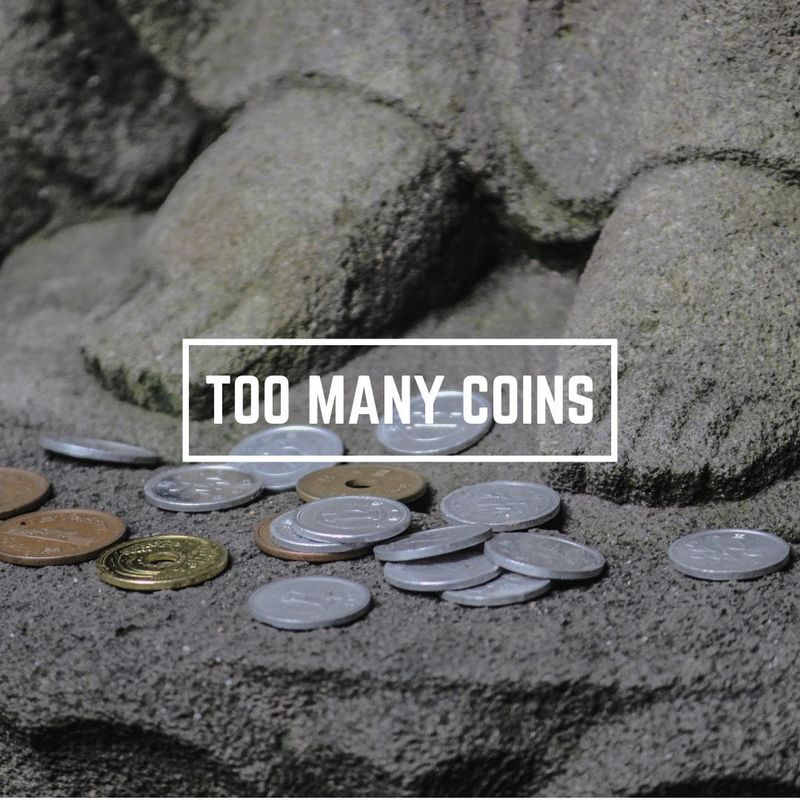Feb 22, 2019
Too many coins

Japan is very much a cash-based society. People tend to pay for all of their groceries and small items in cash, and there is no other option when adding funds to your Pasmo or Suica (train travel cards) Also, a great percentage of the small, independently owned shops throughout the country don’t accept anything besides cold, hard yen.
Further to this, many of the items purchased in stores, particularly food and drink, are not priced in the way one may expect, especially when coming from western countries.
In Australia for example, the price of almost everything is rounded to the nearest ten. The lowest denomination is five cents, but even so, it’s almost unheard of to see something priced at $3.85, for example. It is more likely to be $3.80, $3.90 or even just $4.00.
Japan is nothing like this. The price of items in stores are often displayed pre-tax (unless stated otherwise) so keep that in mind. But more to the point, the prices are very specific. It’s not uncommon to buy a snack from a convenience store and pay exactly 128 yen, for example. So if you hand over a 1000 yen note, you will receive exactly 872 yen in change. This will likely be made up of x1 500-yen coin, x3 100-yen coins, x1 50-yen coin, x2 10-yen coins and x2 1-yen coins.
Now your wallet is half a kilogram heavier. A few more transactions like this, and it might not fit in your pocket anymore.
But there is a solution. And it all starts with the last number.
Let’s say for example, another snack cost you 161 yen and you’ve still got your 872 yen change we discussed before. Many people would quickly hand over the 500-yen coin or perhaps two of the 100-yen coins. While it is easier that way, the number of coins in your wallet is still growing, despite you spending more of them.
But if we take a moment to look at the last number, the number one, we have that in a 1-yen coin. Perfect. Next is the number six (sixty) We have that too, in a 50-yen coin and a 10-yen coin. Now we’re almost there. Finally, we have the number one (one hundred), which we have in a 100-yen coin.
Success! We have now payed for our snack and received zero change. The wallet is a little lighter and belly is a little fuller.
Keep in mind, there will be times when you can only make up the last one or two numbers exactly before resorting to larger coins or notes, and that's ok. You can hand over those small coins first, then make up the rest however you need to. You're still reducing the amount of change you'll receive.
Now, some people who may not be quick with maths will get flustered, but try not to worry. The Japanese understand how their currency works and know what you’re trying to do. Have a look through your coins as you line up to pay and be ready for that final number.
It can be difficult at first, but it won’t be long before you’re paying for everything with the exact change required (or close enough!)



0 Comments